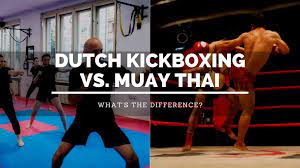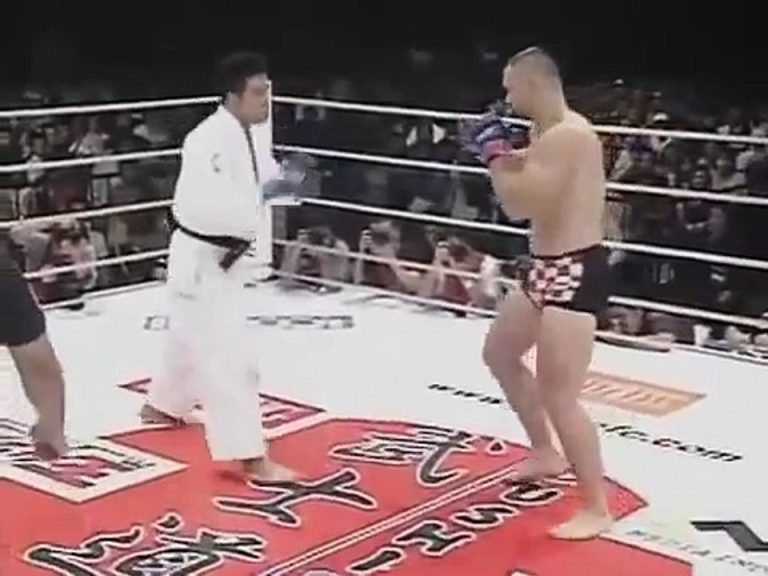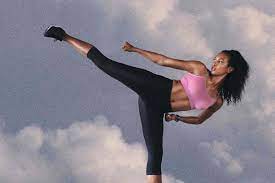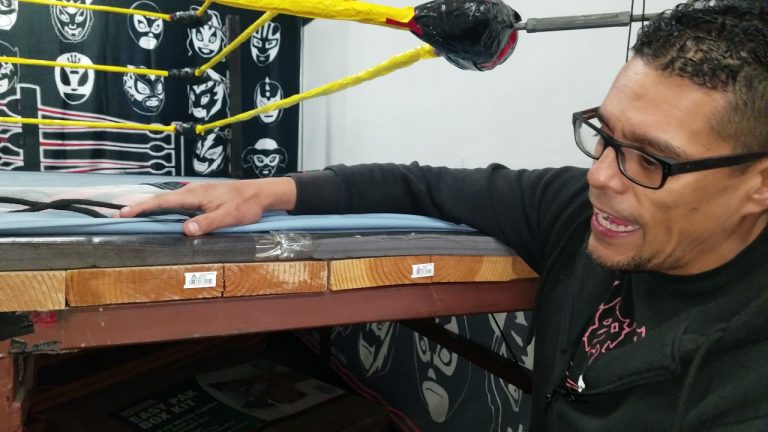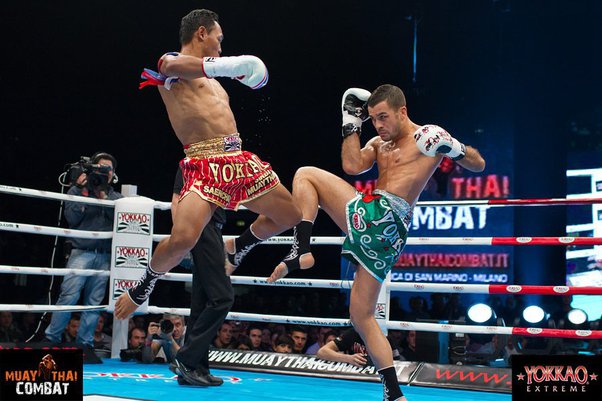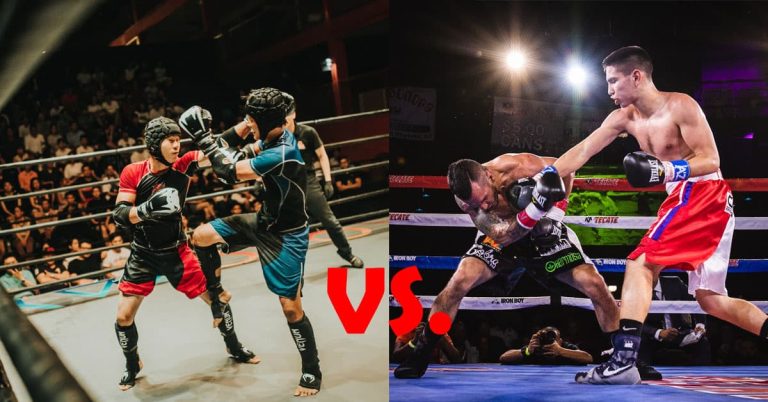Dutch Kickboxing vs. Muay Thai: Unraveling the Striking Traditions
Introduction
When it comes to combat sports, Dutch kickboxing and Muay Thai stand out as two formidable striking disciplines. These martial arts have gained global recognition for their technicality, power, and intense fighting styles. In this article, we will delve into the world of Dutch kickboxing and Muay Thai, exploring their origins, techniques, training methods, and the key differences between the two. Whether you’re a combat sports enthusiast or an aspiring fighter, understanding the nuances of these martial arts will deepen your appreciation for the craft.
Dutch Kickboxing vs Muay Thai
Origins of Dutch Kickboxing
Dutch kickboxing, also known as Dutch-style kickboxing or simply kickboxing, emerged in the Netherlands during the 1970s. It evolved as a fusion of traditional Muay Thai techniques, karate, and boxing. The Dutch kickboxing pioneers, such as Jan Plas and Thom Harinck, sought to create a hybrid martial art that combined the best striking techniques from various disciplines.
Origins of Muay Thai
Muay Thai, often referred to as “The Art of Eight Limbs,” originated in Thailand and has a history dating back several centuries. It developed as a fighting system employed by Thai soldiers and eventually became a national sport deeply ingrained in Thai culture. Muay Thai encompasses a wide range of strikes, including punches, kicks, knee strikes, and elbow strikes.
Techniques in Dutch Kickboxing
Stance and Footwork
In Dutch kickboxing, fighters typically adopt a square stance with their weight evenly distributed. The footwork emphasizes mobility and swift lateral movement, allowing fighters to evade attacks and create angles for effective counter-strikes.
Punches and Strikes
Dutch kickboxing incorporates a variety of punches, including jabs, crosses, hooks, and uppercuts. Fighters focus on precise and powerful punching techniques, often combining them with devastating low kicks and high kicks.
Kicks and Knee Strikes
Powerful kicks are a hallmark of Dutch kickboxing. Fighters employ low kicks to target their opponents’ legs, destabilizing them and compromising their mobility. Additionally, knee strikes are frequently used in close-range exchanges, delivering significant damage to the opponent’s midsection.
Clinching and Elbow Strikes
While not as prevalent as in Muay Thai, clinching and elbow strikes are still integral parts of Dutch kickboxing. Fighters employ clinches to control their opponents and unleash devastating elbow strikes, often aimed at the head or body.
Techniques in Muay Thai
Stance and Footwork
Muay Thai practitioners adopt a more traditional square stance, with a slight forward lean. The footwork focuses on maintaining balance and stability while enabling powerful strikes. Foot pivoting is crucial in generating rotational force for kicks and punches.
Punches and Strikes
Similar to Dutch kickboxing, Muay Thai utilizes a range of punches, including straight punches, hooks, and uppercuts. Fighters emphasize the use of their entire body to generate power, maximizing the impact of their strikes.
Kicks and Knee Strikes
Muay Thai is renowned for its devastating kicks. Practitioners employ various kicking techniques, such as roundhouse kicks, push kicks, and spinning back kicks. Knee strikes are an integral part of the clinch game, allowing fighters to deal substantial damage at close range.
Clinching and Elbow Strikes
Clinching plays a significant role in Muay Thai, enabling fighters to control their opponents and launch devastating knee strikes and elbow strikes. The art of clinching requires exceptional balance, timing, and technique.
Training Methods in Dutch Kickboxing
Conditioning and Strength Training
Dutch kickboxing training emphasizes conditioning and overall physical fitness. Fighters engage in rigorous cardio exercises, strength training, and endurance drills to develop their power, agility, and stamina.
Pad Work and Heavy Bag Training
Pad work and heavy bag training are fundamental components of Dutch kickboxing. These exercises allow fighters to practice their striking techniques, combinations, and precision while building their speed and power.
Sparring and Fight Simulation
To refine their skills and adaptability, Dutch kickboxers engage in controlled sparring sessions and fight simulations. This helps them develop their timing, defensive maneuvers, and strategy while simulating real fighting scenarios.
Training Methods in Muay Thai
Conditioning and Strength Training
Similar to Dutch kickboxing, Muay Thai training involves rigorous conditioning exercises and strength training. The goal is to develop a strong and resilient physique capable of enduring the physical demands of the sport.
Pad Work and Heavy Bag Training
Pad work and heavy bag training allow Muay Thai fighters to enhance their striking techniques, combinations, and power. Practitioners focus on precision, speed, and developing a strong connection between their strikes and the target.
Sparring and Clinching Drills
Muay Thai fighters engage in controlled sparring sessions and clinching drills to sharpen their skills. These sessions enable them to practice their defensive techniques, clinching maneuvers, and counter-strikes while under pressure.
Key Differences Between Dutch Kickboxing and Muay Thai
Rules and Regulations
Dutch kickboxing and Muay Thai have distinct rules and regulations. While both arts permit punches, kicks, knee strikes, and elbow strikes, Dutch kickboxing competitions often have stricter rules regarding clinching and elbow strikes.
Fighting Styles and Emphasis
Dutch kickboxing emphasizes fast-paced, explosive combinations with a focus on knockout power. Muay Thai, on the other hand, places greater emphasis on technique, timing, and using all eight limbs effectively.
Defensive Techniques
Defensively, Dutch kickboxing relies more on evasive footwork and head movement, while Muay Thai emphasizes well-timed blocks, parries, and counters. The defensive techniques in each art reflect their cultural and historical influences.
Cultural Influences
Muay Thai is deeply ingrained in Thai culture, with rituals, traditions, and music accompanying fights. Dutch kickboxing, being a hybrid martial art, does not have the same cultural depth but is renowned for its high-level training and competitive scene.
Conclusion
Dutch kickboxing and Muay Thai are two prominent striking disciplines that have captivated combat sports enthusiasts worldwide. While they share similarities in their techniques and training methods, their origins, rules, and cultural influences set them apart. Whether you choose to explore the explosive power of Dutch kickboxing or the technical prowess of Muay Thai, both martial arts offer an exhilarating journey of self-discovery, discipline, and physical prowess.

